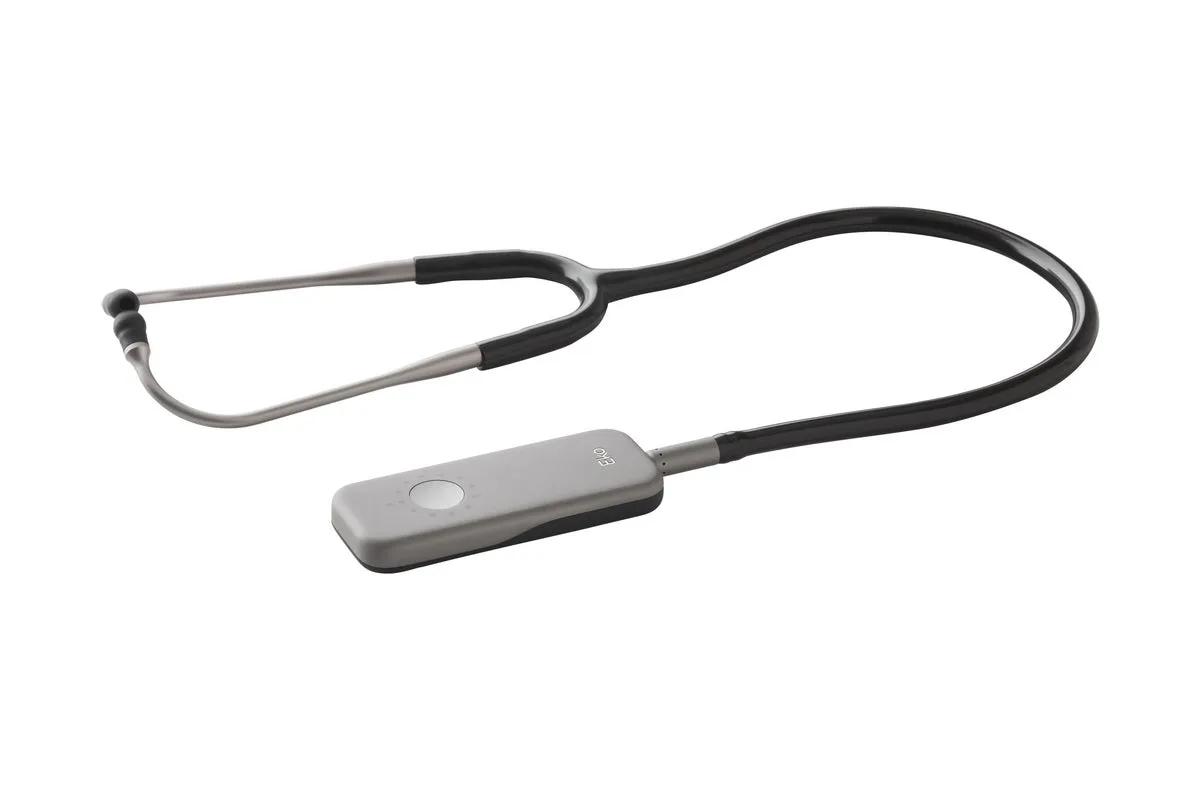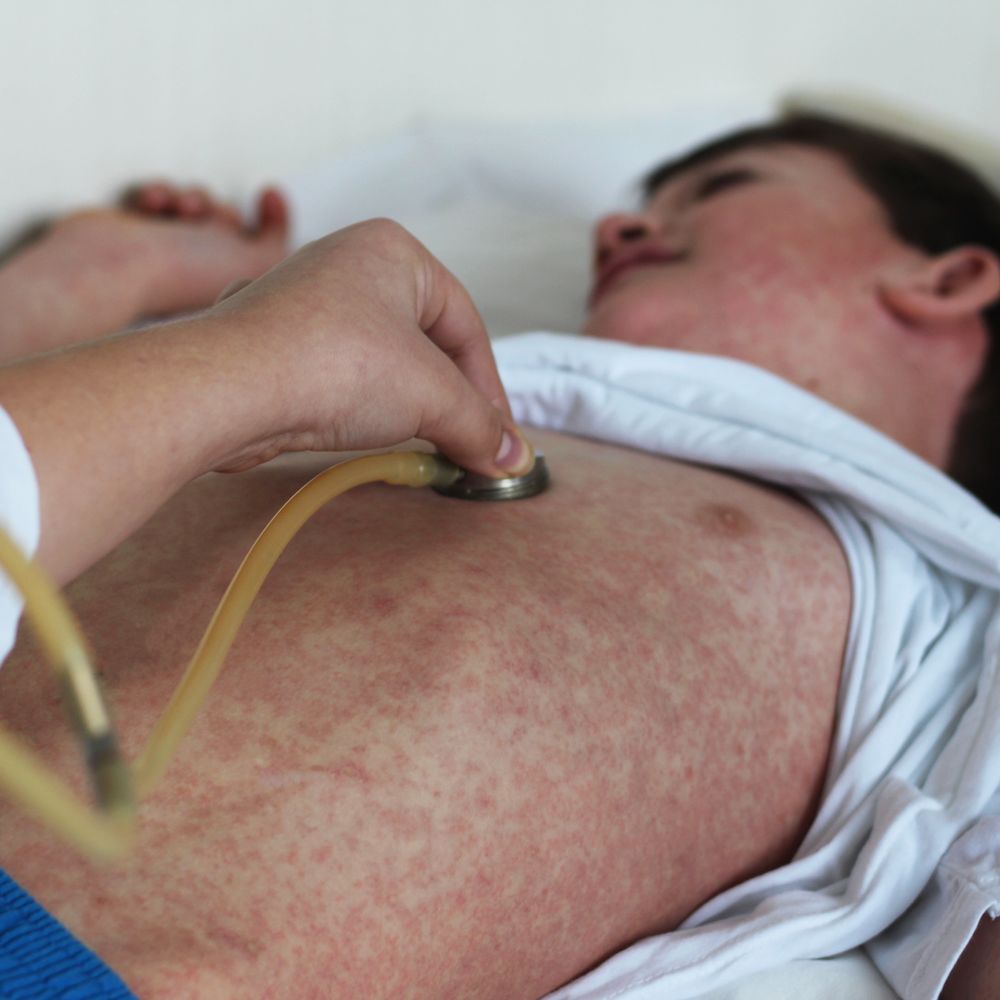Dr. Fulvio Fiorini head of Nephrology and Dialysis of Ulss 5 Polesana specialized in Nutrition Science addresses the problems of adolescence, sports performance, women’s health, related to insufficient iron intake
The doctor Fulvio Fiorini continues and closes the review on iron with a brief mention of the importance of this mineral during some important phases of life after the first episode dedicated to the importance of the microelement present in animal and vegetable tissues, albeit in small quantities.
Iron deficiency

As already mentioned iron is an essential element for the proper functioning of the human body for both physical and mental well-being. Iron deficiency occurs as a result of insufficient intake compared to physiological losses: the main symptoms are easy and rapid fatigue, difficult physical recovery, difficulty in concentrating, a rapid sense of breathlessness even for moderate physical activity, sense of dizziness, and also lower resistance to infections.
Teenagers
Adolescence represents a period of important change for the organism: the hormonal increase involves physical and mental changes that determine the maturation and therefore the maturity of the individual: it is a period of rapid growth, especially for girls, who they have an earlier physical maturation than boys, and they also have to face the onset of menstruation. “It is my body that changes” the Liftiba would say, the body acquires new forms and functions that can cause anxiety which in turn finds an outlet in physical exercise and diets. A growing awareness of one’s body image can lead to anxiety and diets and increased exercise.It is precisely in these moments of growth that the physiological needs of nutrients and iron increase in a specific way, especially in this age where study, and therefore concentration, represent an important part of the day . Growth also means an increase in the amount of blood in the body and the blood is made up of red blood cells that contain iron: so more red blood cells means an increase in the body’s need for iron.. In this context, for girls the issue becomes even more complex since, with the onset of menstruation, an intermittent but constant loss of iron begins: for this reason girls, later women, need to take more iron. In fact, menstruation causes a loss of iron contained in the blood at a variable rate from one girl to another and therefore a woman’s need for iron is decidedly higher, even more than double that of a man. If the girl / woman follows a diet and / or regularly practices physical activity following a change in her body image, she may risk taking on an even lower amount of iron than her needs: this can lead to an even significant reduction in iron reserves and this means a greater probability of becoming anemic due to iron deficiency. It must always be remembered that undergoing a diet (it would be better to talk about changes to one’s eating habits), especially if not followed by an expert dietician, can result in lower iron intake and other elements essential to growth in the pubertal phase and to normal metabolism subsequently: lower iron intake means lower number and smaller volume of red blood cells (ie iron deficiency or iron deficiency anemia) and consequent fatigue, lack of concentration, sleep irregularities, pale skin.
Diet and iron
The high number of overweight subjects among which many are young people and adolescents determines on the one hand the high number of calories consumed which, however, does not protect from various deficiencies including iron deficiencies and adhesion to frequently do-it-yourself diets that certainly cause various deficiencies. The female sex, already more at risk for iron deficiency, becomes so to a greater extent if they undergo incongruous and perhaps prolonged diets. In particular, vegetarian diets are low in iron as meat is an important dietary source of iron: for this reason vegetarians, particularly vegans, must get iron from plant sources other than meat. However, iron from plant sources is not absorbed as easily as that from animal sources, so the combination of iron-rich foods in combination with foods that promote its absorption is essential.
Iron and sport
Physical activity in general, especially the duration one, requires a high consumption of oxygen which, as already mentioned, is transported to the muscles through the iron contained in the hemoglobin of red blood cells. Already involving the children in some sport is the best choice to make them consume energy, maintain a good state of health, make them socialize in a healthy environment by acquiring good friendships.Iron is important to have a satisfactory performance especially when training becomes more intense and performance improvements are sought . Iron deficiency in an athlete means less oxygen supply to the muscles and therefore worsening of performance.




